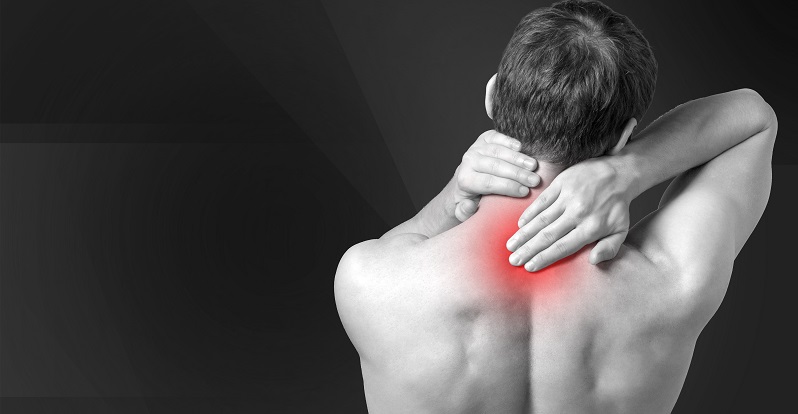How To Prevent Cervical Disc Herniation
Category: Neck Pain | Author: Stefano Sinicropi

Herniated discs are a somewhat common spinal condition that tends to occur more frequently as we get into our 50s and 60s, as a lot of age-related changes in our body can contribute to its onset. With that said, there are a number of lifestyle factors and activities that can help to prevent spinal discs from shifting out of place. Today, we take a look at how you can prevent discs in your neck and cervical spine from herniating.
Causes of Shifting Discs In The Neck
Neck pain is extremely common and is usually caused by some not-so-intense actions. You don’t need to suffer whiplash or fall off a ladder in order to suffer an injury that can contribute to spinal disc shifting. Oftentimes the action is more innocuous, which can actually be problematic because we oftentimes don’t realize the extent of the damage we are causing until symptoms begin.
Some of the more common causes of neck pain and cervical disc shifting include:
- Bad posture when reading, driving, working or checking your phone.
- Poor lifting techniques
- Trauma and stress during athletic activity
- Repetitive movements like bending or twisting
- Poor sleeping positions or lack of neck support while sleeping
- Tobacco use
- Excess alcohol consumption
- Failing to stretch before physical activity
- Traumatic injury
Preventing and Treating Herniated Cervical Discs
The good news is that now that we’ve identified some of the risk factors for cervical disc herniation, we have a playbook for preventing and treating the condition. All we have to do is look at the above list and make some adjustments to the controllable factors in our everyday life.
For example, some prevention strategies would include being cognizant of your posture throughout the day, especially when you’re seated, and to make sure that you adequately warm up and practice proper lifting techniques. Other smart tips include avoiding excess alcohol and tobacco, seeking out a supportive mattress and pillow, getting regular exercise and eating a healthy diet to strengthen crucial spinal structures and taking proper safety protocols when playing sports.
If pain has already set in, some of the above prevention techniques may be beneficial when used in conjunction with certain treatment strategies, like stretching exercises, physical therapy, heat/ice packs and over-the-counter anti-inflammatory medications.
Pain in the neck can be a literal pain in the neck, but it doesn’t have to be if you’re smart about your daily activities and take some steps to alleviate cervical disc discomfort. For more information, or to talk to Dr. Sinicropi about your neck pain, reach out to his office today.